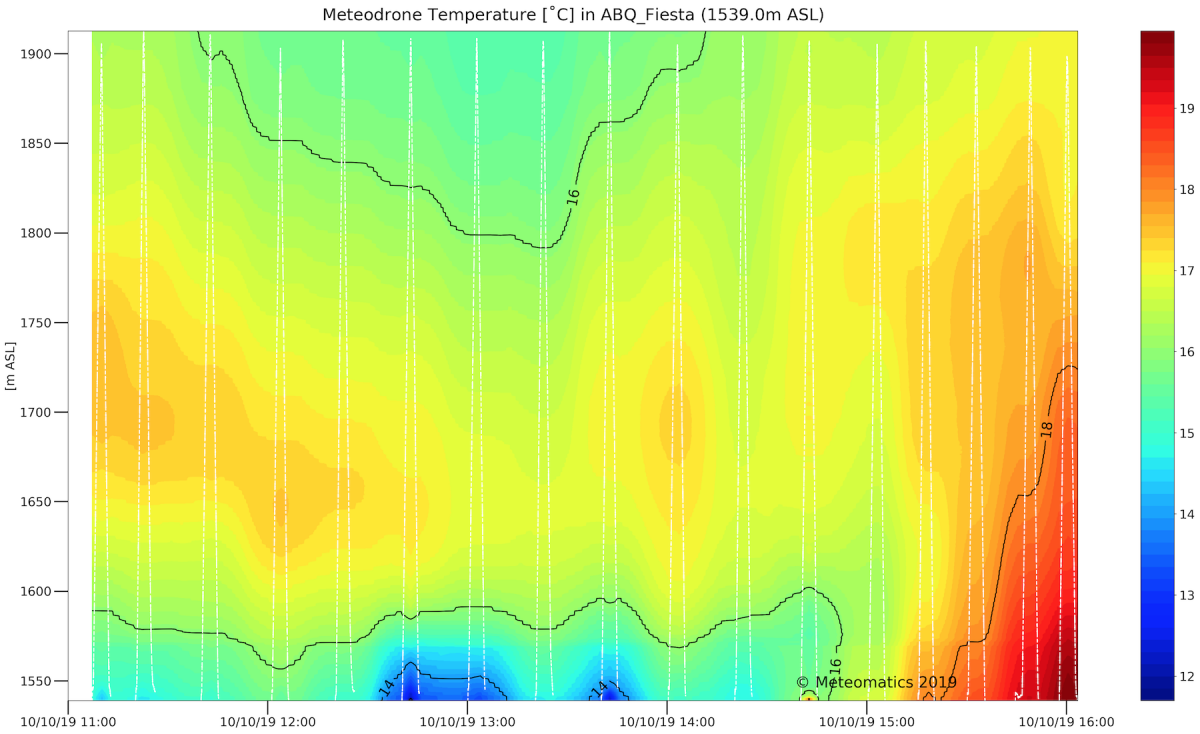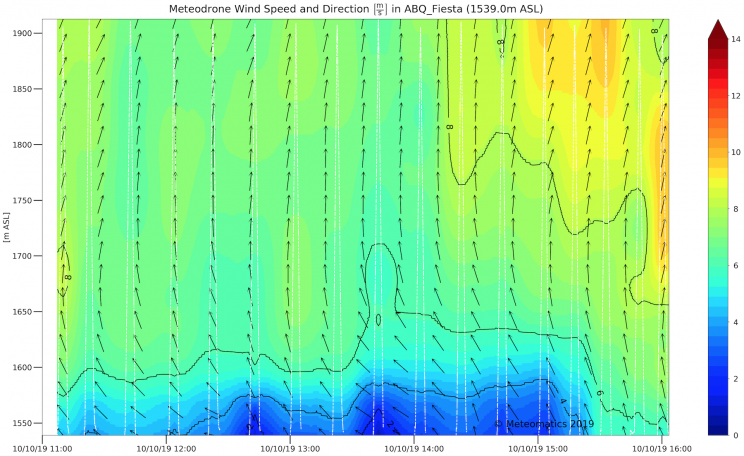ARL Weekly News – October 11, 2019
ASMD
Dr. Howard Diamond, the U.S. Climate Reference Network (USCRN) Program Manager reports that on October 9th, the 23rd operational USCRN station was installed and made active at Aleknagik in the southwestern portion of Alaska. The program is now nearly 80% complete with the USCRN configuration of stations across Alaska, with plans to install an additional six stations by the end of FY2022. This installation is actually to be counted as an FY 2019 installation; conditions in Alaska (both natural as well as logistical) can present challenges, and so, given that, this FY19 installation had to be pushed a week into FY20, but we have now met our performance measure for FY19. While we try as we can to meet FY requirements, again, challenges in working in Alaska sometimes do not recognize calendar boundaries, and require us to be flexible.
Thirty plus forecasters representing 22 states participated in the 15th annual National Air Quality Forecasting Capability (NAQFC) forecasters’ Focus Group Meeting at the NOAA Center for Weather and Climate Prediction this week. U.S. Environmental Protection Agency and Environment and Climate Change Canada representatives also participated. Drs. Pius Lee, Daniel Tong, Youhua Tang, Patrick Campbell and Barry Baker, ARL scientists responsible for the research and implementation testing of NAQFC, presented their findings and actively participated in the two-day discussion. The discussion for NAQFC forecast performance for 2019 ozone season and expectation of recommended NAQFC upgrade for 2020 were the central topics during the conference. Fire emission induced air pollution scenarios were important for both topics as in 2018 the California Camp Fire affected the forecast statistics critically due to deficiency in the fire emission detection system the National Environmental Satellite Information and Data Service (NESIDS) provided to NAQFC. Between July and September 2019 the NOAA-NASA joint FIREX-AQ campaign dealt largely on wild fire emission characterization in Western U.S. NAQFC is rather sensitive to the fire emission projection using these NESDIS provided satellite-data-based information. NAQFC 2020 should see important improvement in this aspect of the modeling effort by adopting and fine-tuning a new product with finer spatial resolution called the GBBEPx from NESDIS. If successful this new upgraded will be implemented to NAQFC in Spring 2020.
ATDD
Temple Lee, Ed Dumas, Bruce Baker, and Tilden Meyers, as well as Nicole Chappelle and Mark Rogers from the Aircraft Operations Center, performed small unmanned aircraft system (sUAS) flights to support weather forecasting operations during the Albuquerque International Balloon Fiesta. From 6-13 Oct, they used their Meteomatics to obtain vertical profiles of temperature, moisture, wind speed, and direction up to 1200 feet above ground level (AGL). These data were shared with local forecasters for the Balloon Fiesta, and the data played a vital role in making decisions about whether or not to fly the balloons. On 10 Oct, when the balloons did not fly due to windy conditions, the group from ATDD performed 17 vertical profiles with the Meteomatics between 0500 and 1000 LST to capture the dissipation of the low-level temperature inversion and development of a well-mixed boundary layer. Furthermore, on 10 Oct, Temple and Ed gave a presentation, entitled “Using Small Unmanned Aircraft Systems to Improve Weather Forecasts”, to about 30 balloonists and other members of the public in which they highlighted ATDD’s role with helping in weather forecasts at the Balloon Fiesta and also in which they described how sUAS improve knowledge of land-atmosphere interactions to improve weather forecasts.


Images above credit: NOAA.

